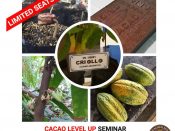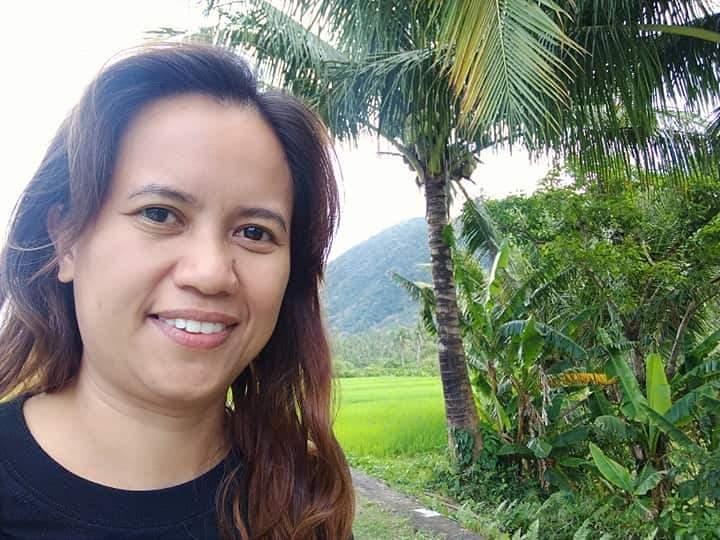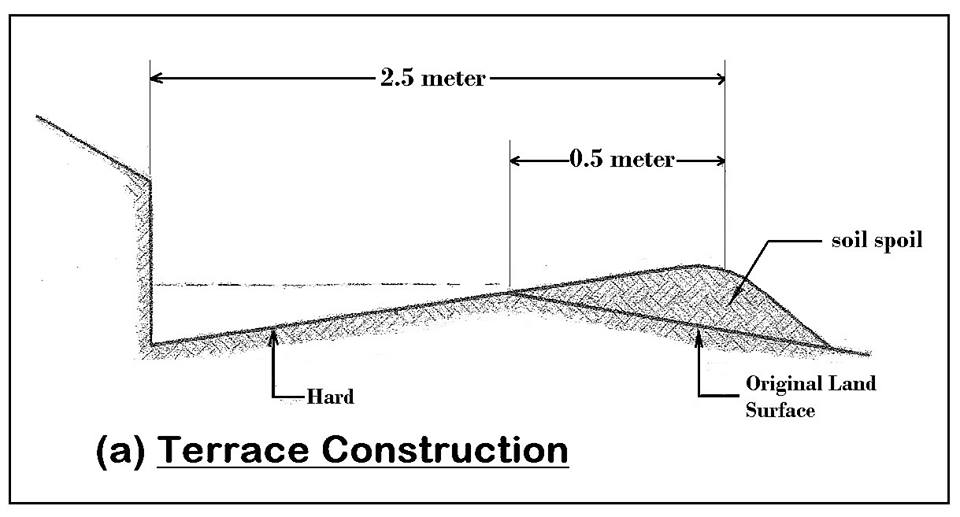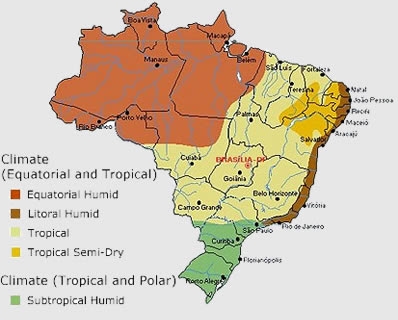Thank you for visiting plantaciondesikwate dot com!
Let me ask you. Does cacao farming begin and end with just money alone?
We asked city and urban dwellers if they want to start their leap from being employed to being a farmer. Some would say that amidst the COVID-19 dilemma, several industries felt the gut punch straight on.
Help from the government, both monetary and food, will take a family as far as the next day. So is there another way to augment one’s daily-weekly-monthly needs?
Learn to PLANT.
Plantacion de Sikwate Cacao Producers Association, Inc., or simply PDS, has launched a program called ATAK²
(Ating Tanim alay sa Kalikasan at Kalusugan).
They heeded the call from DENR Secretary Roy Cimatu who said that “The damage from COVID-19 and climate change brings about destruction and chaos to any nation,” and of course, DA Secretary William Dar who said that “we need to feed our bodies with the essential nutrients to keep it functioning at top capacity. There is no one miracle food to fight COVID-19 but I encourage the public to do a Whole-food diet, mostly plant based colorful food that you can prepare from scratch, preferrably from your own garden.”
ATAK¹
Ating Tanim Alay Kalikasan (ATAK) is an agro – environmental tree planting program in urban areas of the Philippines that was conceptualized by Plantacion de Sikwate with the following objectives.
* To teach every individual to cultivate and farm fruit bearing trees within their respective properties (backyards).
* To be able to support the different greening program of the country.
* To be a model to everyone on how to make efficient tree planting possible in urban areas in the Philippines
*To introduce healthy plant cultivation as a beneficial factor for humans and environment.
*To share our backyards as a place for fruit trees or if we have no spaces to share, convince the neighborhood to plant or help people who has interest in planting.
* The harvests can be transformed into finished products like chocolate
tablets, candies, salads and ice cream.
Thru the help of different government agencies as well as private institutions, the ATAK¹ and ATAK² Program will propagate hundreds of thousands of seedlings to be distributed to all interested constituents of local agencies. Plantacion de Sikwate (PDS) will handle the technical support by conducting series of hands-on training seminars, free consultancies that can be arranged in person or thru social media.
* Any planter may use their harvests for their personal consumption, sell or donate to the designated buying stations that will be established strategically.
* The proceeds from sale will then be allocated for the future environmental project of the host cities or municipalities.
Who can Join this legacy?
Local Government Unit (LGU’s)
Government Organization (GO’s)
Private Companies
Civic Organization (NGO’s)
Religious Organizations
Students Organization
All individuals who are willing to be project volunteers.
WHAT TO PLANT?
– Rationale –
The Philippines is one of the countries situated near the equator that remarkably possess fertile soil, and welcoming weather conditions to grow cacao, avocado, jackfruit and malungay..
We have chosen heirloom cacao (Filipino Aromatico) as one of the trees to plant, because this kind of variety is rare (representing only one (1) percent in terms of population around the world). Hence, this is the most sought after cacao variety by the chocolatiers.
The ATAK² program can help not only chocolate makers but the Filipino Cacao Farmers thru the multiplication of this plant. The program will make the trees available everywhere where the cacao farmers can source and extract budsticks (scion) as raw material for grafting in the propagation of this precious plant. The success of the program will also generate PRESTIGE by recognizing the facts of the Manila-Acapulco Galleon Trade from the country’s history.
The AVOCADOS and JACKFRUITS will also be made available everywhere where Filipinos can source and eat one of the best food of the world.
On the other hand, MALUNGAY is rich in medicinal value that can prevent illnesses so the Filipinos can stay healthy and live much longer during this pandemic.
All of the trees are healthy foods for consumption and are beneficial to the environment.
What are the crops/plants?
* Malunggay (Moringa Oleifera) is a rising star in the world of super foods. The tiny leaves of this tree may be the world’s most nutritious green. As climate change makes rainfall increasingly unpredictable for low-income farmers in the country, Moringa will become an important tool for helping communities not only nationwide and the world to take control of their own nutrition.
* Jackfruit (Artocarpus heterophyllus) is one of the favorite fruits of Filipinos. Aside from its smelly sweet taste, it is considered for its high medicinal value. Sometimes the young jackfruit is cooked with coconut milk that can be served in the dining table. Also known as the ‘miracle’ food crop, it could be a replacement for staple crops under threat from climate change.
* Avocado
(Persea americana) is prized for its high nutrient value and is added to various dishes due to its good flavor and rich texture. Avocado fruits contain high potassium level. It is the main ingredient of the famous Mexican Guacamole.
* HEIRLOOM CACAO (Filipino Aromatico™) is one of the chosen mediums in tree planting. Chocolates made from this variety costs more in the global market to to its superb taste, and aroma. It may be remembered that in 1877, “cacao first traveled outside its American homeland to the Philippines aboard Manila galleons.” This kind of cacao variety is called Criollo By planting this kind of tree we cannot only help the environment but may dearly help preserve this precious and important heritage of the country.
Answering the earlier question on “Does cacao farming begin and end with just money alone?” PDS Chief Executive Officer summarizes it all with
“Ang Sino mang tao na nagtanim ng punong kahoy sa kapaligiran ay may pagmamahal sa kaniyang kapwa, na katulad ng pagmamahal niya sa kanyang sarili ”
For more details on sponsorships, and pricing, call Mel Santos -PDS CEO, at 09175073704 or email plantaciondesikwate@gmail.com


 MEL SANTOS
MEL SANTOS ROMELA FABULA
ROMELA FABULA CHRISTIAN VALDES
CHRISTIAN VALDES Executive Chef CHRISTOPHER CARANGIAN
Executive Chef CHRISTOPHER CARANGIAN Engaging technology in genetic to enhance and improve cacao farmers’ planting material selection for farm rehabilitation and conservation:
Engaging technology in genetic to enhance and improve cacao farmers’ planting material selection for farm rehabilitation and conservation:


















































 Executive summary
Executive summary


